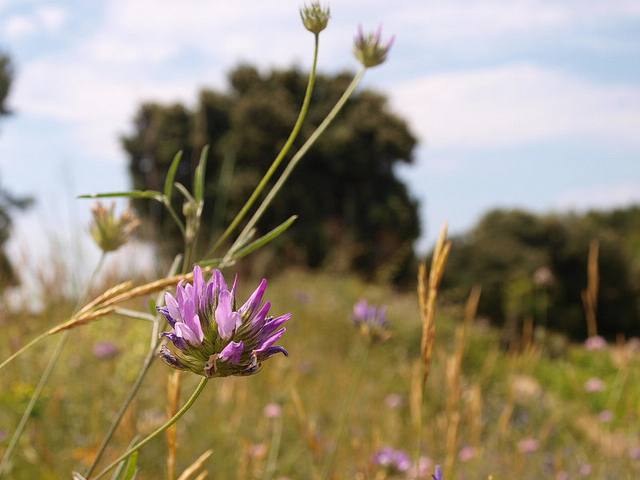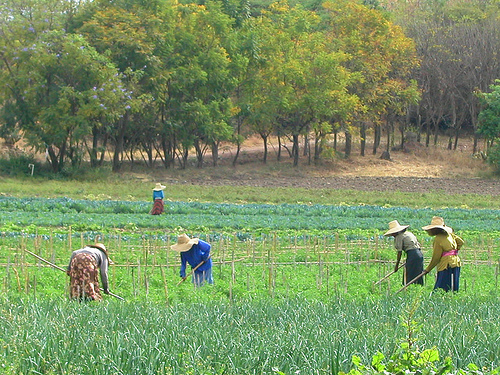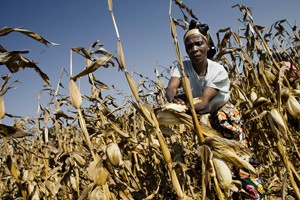 One of those projects I’ve kept an increasingly excited eye on is the Business and Biodiversity Offset Program (BBOP .. an acronym which always makes me want to dance!).
One of those projects I’ve kept an increasingly excited eye on is the Business and Biodiversity Offset Program (BBOP .. an acronym which always makes me want to dance!).
This month is something of a BBOP milestone as they’ve published their very first standard. This takes the initial 10 principles around which BBOP is based and introduces nearly 60 additional criteria and indicators to ensure that projects really do keep on the right side of biodiversity preservation.
Now, I’m always a little sceptical of offset programs: they’ve often used as a bit of a “get out of jail free” card, allowing businesses to carry on as usual and doing little to actually change their behaviour.
Certainly that was my fear when I first covered BBOP ‘s impact on business and biodiversity offsets.
Not so now, and the impact of the Green Marketing Police (er, that is the FTC’s new Green Guide) should help to clean up offsets as well.
BBOP has developed a mitigation hierarchy, which the standard states means that impacts can only be offset after developers have taken and documented all appropriate steps to “minimise the direct, indirect and cumulative negative impacts of the development project and to undertake on-site rehabilitation/restoration”.
In other words, if you haven’t done everything you possibly can before you consider offsetting then you fail the standard at the first hurdle. So no more “oh I can’t be bothered, let’s offset it”. Nice!
Another important part of the standard is that it ensures that the offset’s location and ecosystem are concomitant with the area being impacted. So no cutting down a forest on valuable land in Europe and replanting a cheaper one on unwanted land in Africa. This is a vitally import step if biodiversity loss through business and infrastructure activity is to be reversed.
Finally the standard also addresses multi-stakeholders and local people in particular in a straightforward and equitable way. Not only does it demand that local and indigenous people are involved throughout the planning process and give their free, prior and informed consent (FPIC) to its go-ahead, but that they also share equitably in the responsibilities and rewards of the offset and that their customary legal arrangements are respected.
That word in bold is so very important. As unsustainable business and lifestyle bulges at the seams its needs often appear to trample over the rights and customs of those already living on the land it desires. Hence you get landgrabs and the green revolution, which are effectively kicking pastoralists and herders off their traditional farms in order to make way for industrial processes to feed people half a world away.
This simply could not happen under BBOP. Not only because FPIC is demanded but because simply giving the displaced people a job as compensation (as often happens under landgrabs) is effectively ruled out as well.
All in all BBOP have done a terrific job putting this standard together, giving it a very firm foundation which avoids many of the flaws previous offset programs have had built into them.
You can read the full Standard on Biodiversity Offsets in English, Estándar sobre compensaciones por perdida de biodiversidad en español, or Standard sur les offsets de biodiversité en francés (all PDF).
Picture Credit: Nature on call for biodiversity / Trees for Cyprus / CC BY










So are there any companies using this at the moment? Very cool program, thanks for sharing!
It’s now also available in Japanese: http://www.forest-trends.org/publication_details.php?publicationID=3262